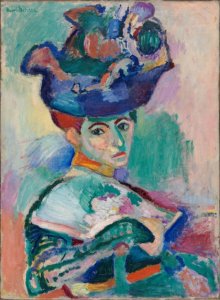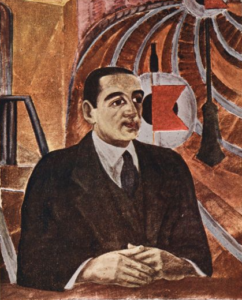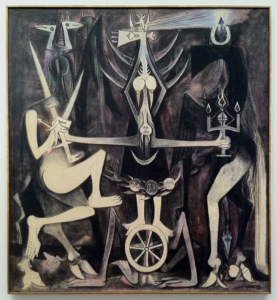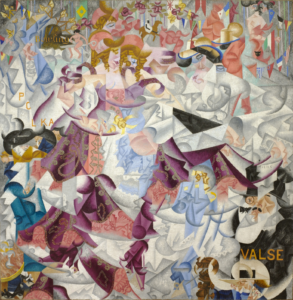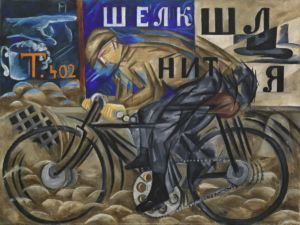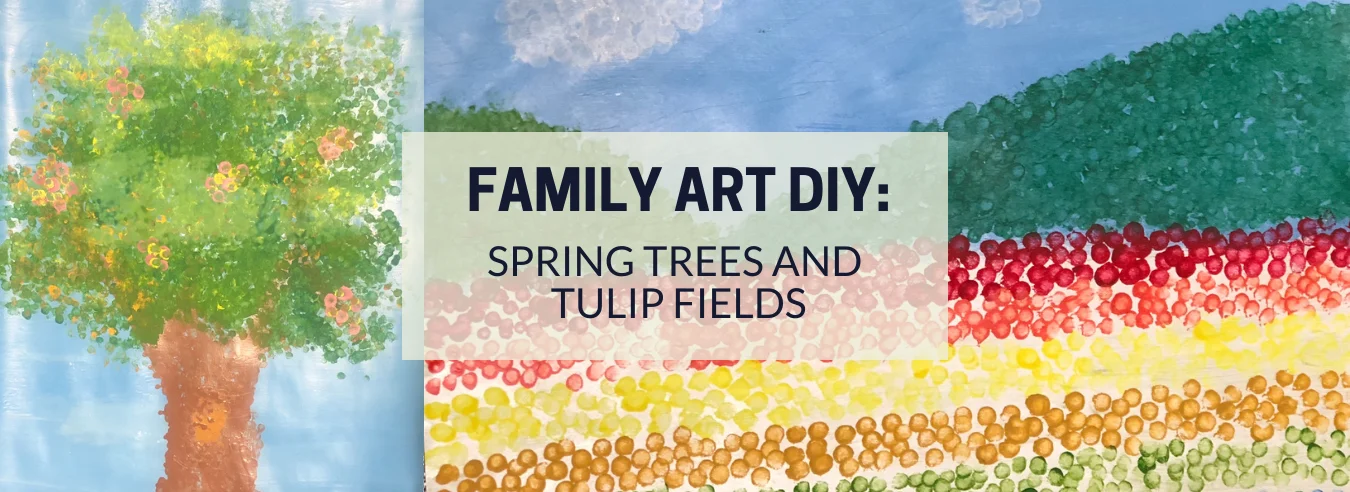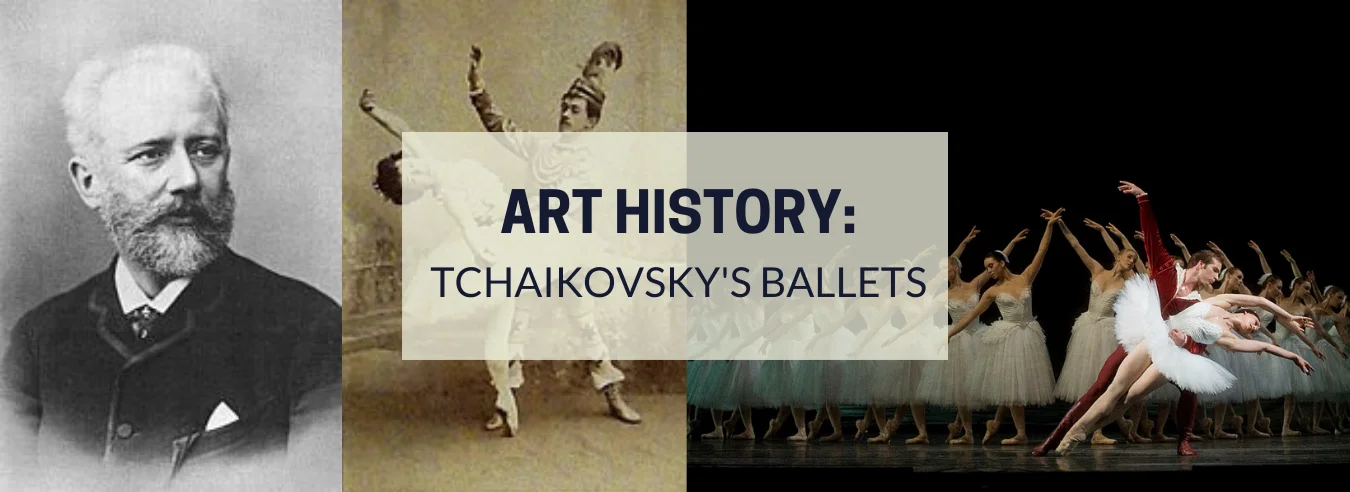With spring in the air, one usually thinks of the flowers and trees in bloom.…
“Obscure” Art Movements Every Art Enthusiast Should Know

In one of our recent blog posts about famous painting locations, we featured several artworks from the Impressionist art movement. Before Impressionism, the predominant art style of that time was Realism, which aimed to capture exactly what the eye could see. Impressionism bucked these art conventions with small brush strokes and indistinct lines. Perhaps it was this sudden shift that firmly cemented Impressionism as one of the most beloved and recognized art styles in all of history.
There are many other equally as extraordinary art styles that did not have the fortune of garnering the same acclaim. Without the help of a sociopolitical movement to propel them into the public eye, many art styles have faded into obscurity over the years.
Together,we turn the spotlight on lesser-known art movements that deserve to be both remembered and explored.
The Untrained Beauty of Naïve Art
Although you may not be familiar with the official terminology, it’s likely that you’ve seen Naïve artworks. Frida Kahlo, for example, is famous for her surreal folk art. As a self-taught artist, her work falls under the Naïve art umbrella. Although Naïve art lacks the refined aspects of fine art, such as accurate anatomy and perspective, it is no less beautiful. This art style is characterized by its colorful palette and storybook aesthetic. Painters who used this art style include Henri Rousseau, who was ridiculed for his art style by his French contemporaries, and Ivan Večenaj, a 20th-century Croatian painter.
Fauvism: An Amalgamation of Styles
In the early 1900’s, a group of painters that called themselves les fauves (the wild beasts) came together to create a new art movement. This newly constructed style drew inspiration from Pointillism and Post-Impressionism. By combining these styles, it reveals a one-of-a-kind approach. Fauvism’s bold colors and wild brush strokes help set it apart from similar turn of the century movements. In fact, the movement was only made possible by the industrial manufacturing of paints in the 19th century that created the essential tool of more brightly colored pigments. By not mixing the paints with water, Fauvists ensured that their paintings maintained a vibrant, saturated look. While Andre Derain and Henri Matisse are credited as the fathers of Fauvism, the movement also included Georges Rouault, Albert Marquet and Charles Camoin amongst many others.
Stridentism for Social Change
On the opposite side of fine art movements, Stridentism emerged following the end of the Mexican Civil War. As the name suggests, Stridentism is about being loud and using your voice through art. Although it was heavily influenced by the art styles that dominated the European art scene, such as Cubism and Dadaism, Stridentism’s primary goal was to create a strong national and cultural identity in Mexico. By using highly politicized social issues within Mexico as the subject of their art and poetry, the Stridentists ensured that their call to action reached their audience. Stridentists believed modernization, urbanization, and technology would bring Mexico out of the post-war rut and cement them as a global power. The avant-garde members counted not only fine artists in their ranks, but included Men of Letters, poets, musicians, and journalists as well.
Reclaiming Negritude Through Art
Although Negritude originally began as a literary movement, it seeped into many other art forms over the years. The movement began as a revolt against colonialism and the widespread notion that Europe was the superior power of the world. The 1920’s had given rise to the black pride movement known as the Harlem Renaissance. Inspired by this success, artists in Africa and the Caribbean came together to reclaim and celebrate their blackness. By rejecting assimilation and lovingly embracing their culture, these artists hoped to usher in an era where newer and younger generations would be proud of their heritage. Negritude art pulled from many sources, combining local, traditional art and iconography with new avant-garde styles, such as Surrealism and Cubism. The result was a unique art style with a powerful message of pride.
The Wonders of Modernity in Futurism
As is common in many social movements throughout history, the youth of the times often revolt against the status quo. In the early 1900’s, a group of young Italian artists wanted to do just that, and break free of tradition and convention. Italy’s history was rife with war and civil unrest, and the Futurists wanted to leave all of that behind. The art style they created was bright, colorful, and eclectic. Futurist works often convey a sense of movement and speed, and the subjects are symbols of modern times, such as automobiles, airplanes, and skyscrapers. The paintings of Gino Severini are intricate and highly detailed, recalling a collage of colorful paper. Natalia Goncharova’s famous Cyclist appears to capture a man on a bicycle riding at high velocity. Futurism was such a powerful movement, that it quickly spread across multiple art disciplines, including sculpting, industrial design, film, literature, and even the culinary arts.




